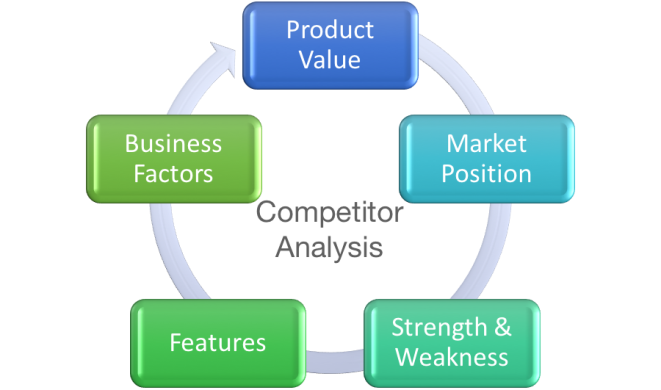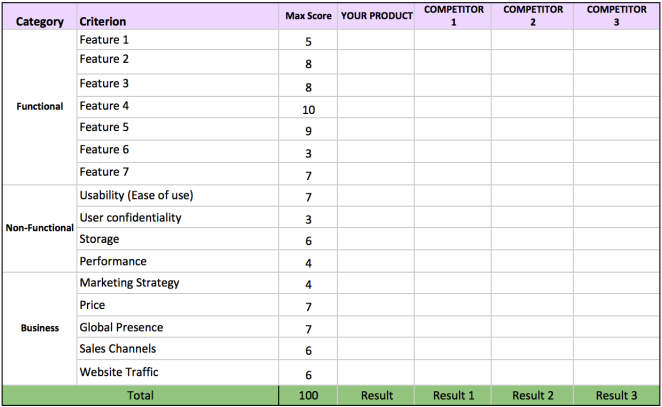When you decide to build a product or any feature for an existing product, what is that you do to verify whether it already exists or not? Yes, Internet research! You start your search online to understand products that are already popular in the market, what are its features, how is it different from what you want to build, is it actually helping its users, is it solving their needs, is there something that is lacking, can I build something more concrete, and so you search for the answers that will help you to decide whether you should go ahead with this idea of building a product in the same market or not. You may even decide to meet the customers of that existing product and understand what is their basic need. Are they happy with what they are using or they are looking for something better in the market?
This research to know what already exists in the market to compare the features in order to build something unique for the customers is – Competitor Analysis. However, in order to be certain and visualize the difference to show it to investors or share within your company, it needs to be based on measurable factors.
There are many articles online explaining the meaning, importance and steps for doing competitor analysis, and millions of examples for reference. Let’s try to consolidate what you all need for your research to completely know your competitors.
| Steps |
| 1. What is the purpose of your product? What is your aim of building this product? |
| 2. Understand the market : is it open or niche market? |
| 3. Are there many products that have already captured most of the target market share? |
| 4. Who are your competitors – direct and indirect both? |
| 5. What is your the criteria for comparison between products? |
| 6. What are the functional and non-functional features of your product to be compared? |
| 7. Identify business factors for market comparison. |

Criterion for Competitor Analysis
The mission and core functional features of your product would be the deciding factors for your comparison. Non-functional features would be the secondary factors such as Usability (ease of use), performance, security, privacy, external support and scalability. Understanding how companies run their business is very crucial to validate your product. These could be:
- Demographics
- Global presence
- Marketing Strategy
- Market Share
- Price of the product
- Sales Channel of distribution
- Technologies related to the product
- Revenue Model
- Web Channels – Site Traffic, Unique Visitors
- Cost of Customer Acquisition
- Customer Lifetime Value
- Identify Strengths and Weaknesses
- Advertisements
- Business Risks
- Promotion Plans
After analyzing above factors, the final step would be to prepare a comparison chart of all the competitors (direct and indirect) to identify differences or similarities between the features offered by your competitors and services/features offered by your product. Lastly, calculating the final score by assigning individual scores out of maximum score finalized for the criterion of all the competitors. It is imperative to keep an eye on the percentage of weight that is given to each deciding factor during the analysis (maximum score) and avoid assigning equal weight to all of the above comparison factors.

Competitor Analysis
With this chart, you would be able to compare and position your product among all the other products currently existing the market. It would give you a clear picture of your product’s impact on the target market.
